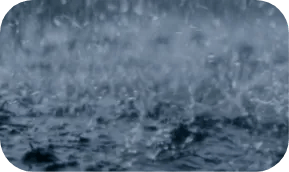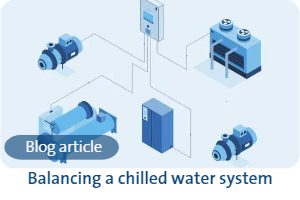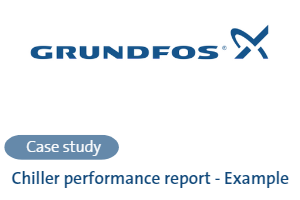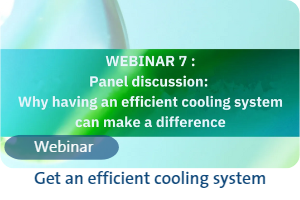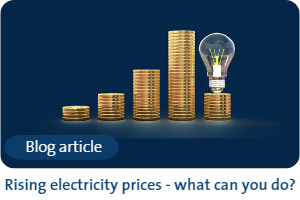Calculate Your Energy Consumption
 By Rebekka Biegel
By Rebekka Biegel
For a well-managed and tuned in system, knowing the energy consumption helps document how good the system is operated.
It’s also good to know the energy consumption to be able to baseline against other systems and industry benchmarks to understand if there are savings to be achieved.
There are at least five ways to get the energy consumption of a chilled water system
- 1. Read it from the energy meter
- 2. Install some IoT equipment, management and analyse the data
- 3. Read operational hours and efficiency from the BMS system
- 4. Estimate from installed capacity and baseline operation from similar buildings
- 5. Estimate from comparing to building type baseline
Where to start?
I would recommend to start with systems that uptake a large portion of the electrical energy in your building. Since we talk chilled water systems and they typically use 40% to 60% of a buildings electricity we have a head start.
You could be attracted to new gadgets and want to start where you can purchase exciting new technology and go for some playful hours with a lot of fun.
In a busy day I would go for fit for purpose, easy, low investment, fast implementation.
Fit for purpose, Pros and cons
When figuring out if the method is fit for your purpose, it can be helpful to consider pros, cons and an example for each of the way to get energy consumption.
Read it from the energy meter
Pros
A direct measure of the energy consumption of the complete chilled water system is high quality information. If you have this available it would be first choice.
There is a good chance that you can even get time series data and learn about daily, weekly and seasonal variations. A great baseline to figure out when the system is drifting.
Cons
Energy meters are installed on electrical wires. Not on the boundary of the chilled water system. You might have to add up several energy meters to get the complete picture or estimate components that are not metered.
Example:
An ice hockey arena have energy meters on their two compressors and their cooling tower. The meter data is logged every 15 minute. The meter data was analysed to find daily and seasonal variations. The daily operation was adjusted to shift load to periods where the compressors could be run at a higher COP.
Install some IoT equipment, management and analyse the data

Pros
Sensors can be installed where you want to measure and a cloud connection make the data acquisition happen automatic. Some IoT providers offer a dashboard as part of the package.
Cons
You need to know what to measure and how to setup the IoT solution. Some IoT solutions are very specific to a vendors product and others are generic and you will have to configure it to the chilled water system.
The IoT data is not integrated in your existing data bases and dashboards.
Example
A service company installed power sensors on all major equipment in the chilled water system in a hotel in Thailand. The sensor suit came with a connect box and a generic dashboard where the time series data can be followed. They named the sensors and data points according to the components in the chilled water system. Both the service company and the hotel now have access to detailed timeseries information about the chilled water systems power uptake.
Read operational hours and efficiency from the BMS system
Pros
The chilled water system efficiency can be read directly from the BMS system and by multiplying the operating hours you get a fair estimate of the energy consumption during periods with similar load, outdoor conditions and use of the building.
Cons
Most BMS systems are tailor made for the building. You will need to know how the system is setup and what is included in the efficiency measure to be able to compare it to other systems baseline. Some times the BMS system is showing component data and you will have to extract the data and add it up to get the system values.
Example
A global manufacturer in the machine industry have a factory in Asia with an office building on the premise that host the companies regional head quarter. The air condition for the office building is a separate system equipped with a dedicated control system. The control system offer COP calculation for the complete system.
Estimate from installed capacity and baseline operation from similar buildings
Pros
Installed capacity can be read from the name plates or the panel of the chiller. When you have access to the technical room you have access to this information. Sometimes you will be able to find it in the buildings technical documentation.
Cons
Baseline data for similar buildings used in a similar way can be har do get.
Example
In Singapore energy certified buildings are asked to report the installed chiller capacity and the efficiency of the chilled water system. This is available as public data. In climate like Singapore this data set can be a first baseline for similar buildings to turn to.
Estimate from comparing to building type baseline
Pros
You will always know the type of building.
Cons
This is an indirect way of roughly estimate the chilled water systems energy consumption. It will not tell you how your system is performing.
Example
Singapore National Environment Agency have published requirements to energy efficiency of cooling systems in industrial facilities.
Do you already use one or more of the ways to know the energy consumption of your chilled water system and benchmark against other systems?
Did you find a better way to find the energy consumption?
Learn more about Grundfos Cooling as a Service
About Grundfos
A world leader in water and energy efficiency, we believe that the world is full of problems that can be solved in a better way.
